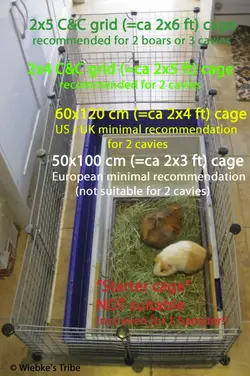mackie
Junior Guinea Pig
tour of my babies’ house
upstairs- this is their play area. i gave them a variety of dangly toys. these toys give them noise satisfaction & provides a healthy way to satisfy their chewing needs! i also give them ping pong balls for mental stimulation and physical enrichment. my piggy’s love them! (one’s a soccer ball
 ) they also have 1 big wooden ball and 1 big wicker ball. the upstairs’ level is low enough for them jump on, and also has a slide for them! my piggy’s are definitely occupied
) they also have 1 big wooden ball and 1 big wicker ball. the upstairs’ level is low enough for them jump on, and also has a slide for them! my piggy’s are definitely occupied
base floor- i use pine bedding, i’m thinking of giving them paper bedding instead to prevent them from inhaling dust and causing lung issues. beside the slide is an orange wire hay feeder. i had to zip-tie it to the cage to prevent gibby from ripping it off and making a total mess i prefer wire hay feeders as opposed to other types because i find it easier to clean, more convenient to fill, and it doesn’t use any floor room. to the very right of the cage is a big, dark blue tinted house for them to provide them more security and comfortability. beside the house is a bright orange food bowl for chopped fresh produce
i prefer wire hay feeders as opposed to other types because i find it easier to clean, more convenient to fill, and it doesn’t use any floor room. to the very right of the cage is a big, dark blue tinted house for them to provide them more security and comfortability. beside the house is a bright orange food bowl for chopped fresh produce

 hanging beside that is a glass, 16oz water bottle. i usually fill it 1 or 2 times a day depending on their thirst. underneath the upstairs level is very shaded, a good spot for them to hide/nap. there’s not anything under there, only a bundle of sticks. my piggies’ love the texture of this, ESPECIALLY gibby.
hanging beside that is a glass, 16oz water bottle. i usually fill it 1 or 2 times a day depending on their thirst. underneath the upstairs level is very shaded, a good spot for them to hide/nap. there’s not anything under there, only a bundle of sticks. my piggies’ love the texture of this, ESPECIALLY gibby.
exterior-
the cage is a 30”(L) by 18”(W). it’s enough room for them to do their thing. the outside of the cage has 2 openings, one on the top and one on the side. the base of the cage is green & it’s jungle-themed. i put a small blanket over the roof of their cage to stop air drafts from coming in the cage. keeps the warm in, too
if anyone has some more ideas/tips for their cage, send them my way!
upstairs- this is their play area. i gave them a variety of dangly toys. these toys give them noise satisfaction & provides a healthy way to satisfy their chewing needs! i also give them ping pong balls for mental stimulation and physical enrichment. my piggy’s love them! (one’s a soccer ball
base floor- i use pine bedding, i’m thinking of giving them paper bedding instead to prevent them from inhaling dust and causing lung issues. beside the slide is an orange wire hay feeder. i had to zip-tie it to the cage to prevent gibby from ripping it off and making a total mess
exterior-
the cage is a 30”(L) by 18”(W). it’s enough room for them to do their thing. the outside of the cage has 2 openings, one on the top and one on the side. the base of the cage is green & it’s jungle-themed. i put a small blanket over the roof of their cage to stop air drafts from coming in the cage. keeps the warm in, too
if anyone has some more ideas/tips for their cage, send them my way!
Attachments
-
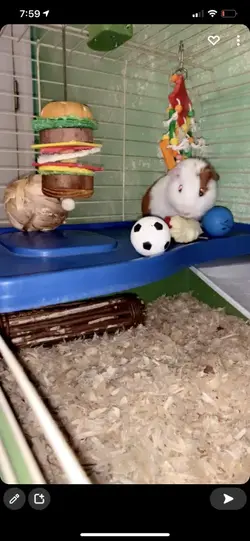 86BFB747-D44E-46C1-9A3F-A98BDEE27AFA.webp29.7 KB · Views: 25
86BFB747-D44E-46C1-9A3F-A98BDEE27AFA.webp29.7 KB · Views: 25 -
 D268411A-4D4F-4CDC-8FCC-5FFCB61B7D87.webp52.4 KB · Views: 25
D268411A-4D4F-4CDC-8FCC-5FFCB61B7D87.webp52.4 KB · Views: 25 -
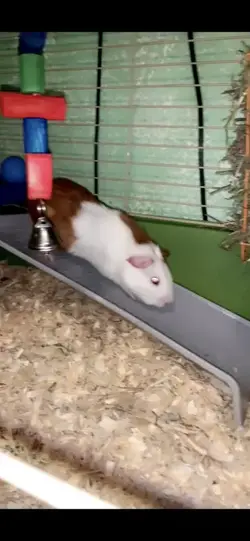 1E9AABA1-0F23-4770-8EA9-218735CF5C02.webp21.3 KB · Views: 25
1E9AABA1-0F23-4770-8EA9-218735CF5C02.webp21.3 KB · Views: 25 -
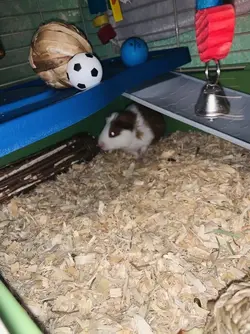 3173226B-7C40-4043-B5A1-4E9E4A89999A.webp98.1 KB · Views: 24
3173226B-7C40-4043-B5A1-4E9E4A89999A.webp98.1 KB · Views: 24 -
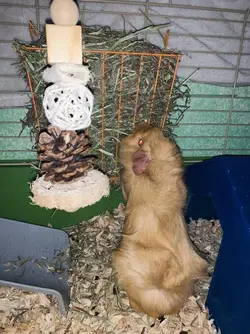 9AF58AB7-A293-4EBF-AADC-338C2584D269.webp119.2 KB · Views: 25
9AF58AB7-A293-4EBF-AADC-338C2584D269.webp119.2 KB · Views: 25 -
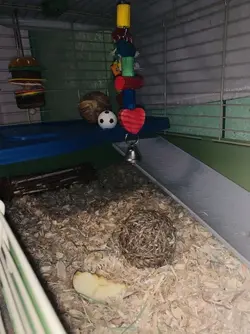 C34A6B72-8D5C-4F8C-AED7-DC5ACB65CBF9.webp75.3 KB · Views: 24
C34A6B72-8D5C-4F8C-AED7-DC5ACB65CBF9.webp75.3 KB · Views: 24 -
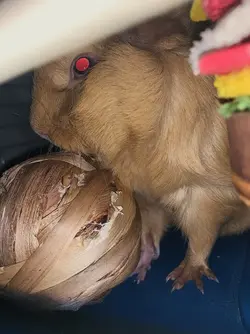 A3BA791B-935A-4C54-A2FF-631F79DE9940.webp94.3 KB · Views: 24
A3BA791B-935A-4C54-A2FF-631F79DE9940.webp94.3 KB · Views: 24 -
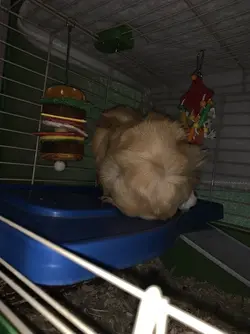 BBDCD69F-3C6E-4208-8BD1-AC917764C67C.webp46.8 KB · Views: 23
BBDCD69F-3C6E-4208-8BD1-AC917764C67C.webp46.8 KB · Views: 23 -
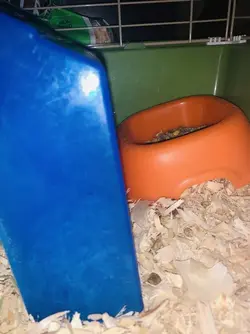 272208CB-77AD-45AF-B5E6-BBE7BAEF94D1.webp42.8 KB · Views: 22
272208CB-77AD-45AF-B5E6-BBE7BAEF94D1.webp42.8 KB · Views: 22 -
 468152C8-AFF4-467F-BEBD-3668A75945A1.webp121.6 KB · Views: 25
468152C8-AFF4-467F-BEBD-3668A75945A1.webp121.6 KB · Views: 25
 .
.